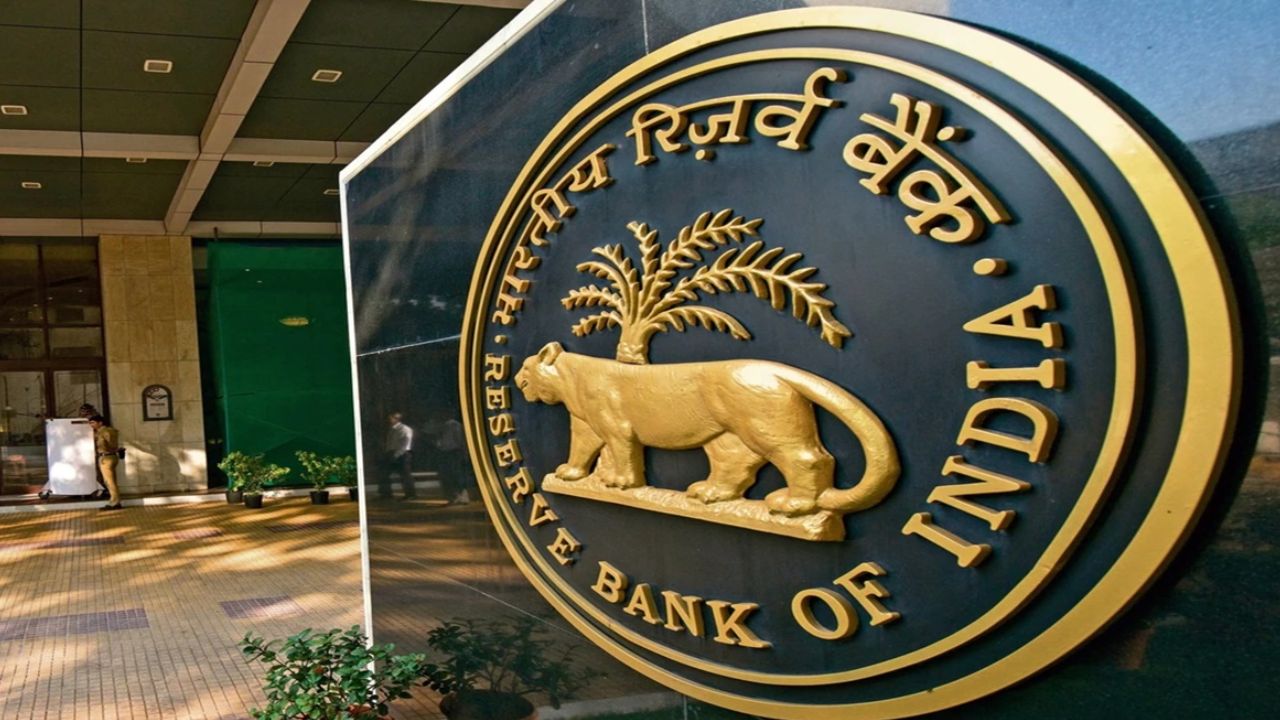Reserve Bank of India-RBI Structure, History, Functions & More Facts
Reserve Bank of India known as RBI is India’s central bank that can issue banknotes in India, apart from the government. The bank has a total of 31 branches in India.

Reserve Bank of India: The Reserve Bank of India, abbreviated as RBI, is India’s central bank and the regulatory body in charge of the Indian banking system. The Ministry of Finance of the Government of India owns it. It is in charge of the rupee’s issuance and distribution. It also oversees the country’s key payment networks and encourages economic progress.
One of the specialised RBI departments that prints and mints Indian currency notes and coins is Bharatiya Reserve Bank Note Mudran. The Reserve Bank of India (RBI) established the National Payments Corporation of India as one of its specialised departments to administer India’s payment and settlement systems.
Read Also~What is Repo Rate? Know Definition and Current Repo Rate of RBI
The Reserve Bank of India established the Deposit Insurance and Credit Guarantee Corporation as one of its specialised departments to provide deposit insurance and credit facility guarantees to all Indian banks.
RBI Structure
The major committee of the central bank is the central board of directors. The Indian government appoints the directors for a four-year term. The board is made up of a governor and no more than four deputy governors; four directors to represent regional boards; two from the Ministry of Finance – usually the Economic Affairs Secretary and the Financial Services Secretary – and ten other directors from different professions.
Governor Shaktikanta Das now leads the bank. There are currently four vice governors: Mahesh Kumar Jain, M. Rajeshwar Rao, Michael Patra, and T. Rabi Shankar.
Two of the four vice governors are usually chosen from the Reserve Bank of India and its executive directors. One is chosen from from the chairs of public-sector banks, while the other is an economist.
An officer of the Indian Administrative Service, as in the cases of Y. Venugopal Reddy and Duvvuri Subbarao, can be appointed as deputy governor of the RBI and then as governor of the RBI.
Nachiket Mor, Y. C. Deveshwar, Prof. Damodar Acharya, Ajay Tyagi, and Anjuly Duggal are also members of the RBI’s central board of directors.
RBI Branches and support bodies:
The RBI is represented in four regional offices: New Delhi in the north, Chennai in the south, Kolkata in the east, and Mumbai in the west. The representatives are five members appointed by the national government for a four-year term to serve as a platform for regional banks and to execute tasks assigned by the Central Board.
There are 31 RBI branches in India. Except for the Nagpur Reserve Bank branch in Nagpur, Maharashtra’s second capital, and the Ahmedabad Reserve Bank branch, all other branches are in capital cities.
Read Also~What is Renewable Energy? Type, Advantages, Future Prediction & More Facts
Nagpur Reserve Bank was established in 1956, whereas the Ahmedabad branch was established in 1950.
The Board of Financial Supervision (BFS) was established in November 1994 to oversee financial institutions. Its four members serve two-year terms and aim to improve statutory auditors, external monitoring, and internal control measures.
Former Reserve Bank of India deputy governor S. S. Tarapore chaired the Tarapore committee, which worked to “lay the groundwork” for capital account convertibility. The five-member committee recommended that total convertibility be implemented in 1999-2000.
Reserve Bank of India Functions:
The following are the key functions of the Reserve Bank of India, as stated in its preamble:
Financial oversight-
The primary goal of the RBI is to offer comprehensive supervision of the financial sector, which comprises commercial banks, financial institutions, and non-banking financing organisations.
Managing foreign exchange-
Several objectives of the Foreign Exchange Management Act of 1999 are met by the central bank. Their mission is to aid in the orderly development and maintenance of India’s foreign exchange market, as well as to facilitate overseas business and payment.
Issue of currency-
Apart from the government, the Reserve Bank of India is the only organisation authorised to issue banknotes in India.
Furthermore, the bank destroys banknotes that are no longer valid for circulation. To boost public trust in paper currency, the central bank is required to back any money it creates with assets of similar value, which is known as its monetary responsibility.
Read Also~Kia Motors Corporation: History, Company Profile, Information and Share Price
Banker’s banks
The Reserve Bank of India is also a central bank where commercial banks can open accounts and deposit funds. The RBI manages the bank accounts of all scheduled banks. Commercial banks are the originators of credit.
The RBI is responsible for credit regulation via the CRR, repo rate, and open market activities.
